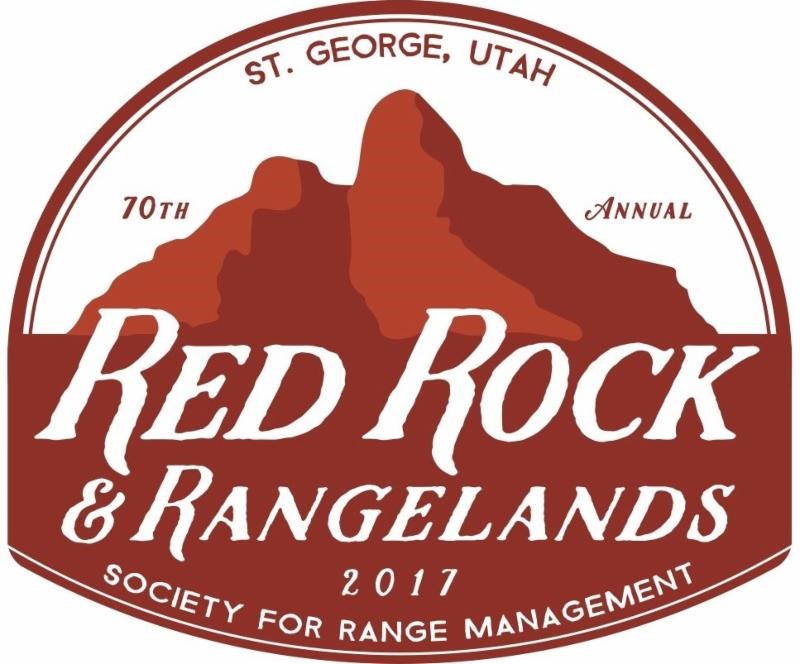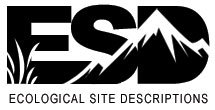|
Sustainable Rangelands Through Low-input Grassfed Production
Sponsored by American Grassfed Association February 11, 2010 Denver, Colorado Special Note: The videos will be displayed in a separate popup window. Select the video by clicking on the Author of your choice. If you desire to view the video in a larger format, click the square icon below the viewing window on the left.
Session Videos
Market demand is rapidly increasing for sustainably-raised animal products. Grass-based livestock production is inherently sustainable as this production
system relies on biodiversity and ecological complexity to maintain production without the use of costly inputs. The goal of sustainable rangelands and ranching is best
achieved through a system of grassfed livestock production. Low-input grassfed production keeps land in permanent vegetation, which is more ecologically and economically
sound than row cropping used for supplementing livestock confinement operations. Benefits of grassfed production for the environment include: reduced or
eliminated pesticide use, greatly reduced soil erosion, increased soil fertility while eliminating commercial fertilizer application, increased carbon sequestration which
helps combat the greenhouse effect and global warming, increased plant diversity versus monoculture crops, and improved wildlife habitat for native species. If the
producer incorporates intensively-managed rotational grazing (also called management-intensive grazing or planned grazing) they can lower production costs, reduce
animal stress, and boost the animalís immune system.
Sustainable Rangelands Through Low-input Grassfed Production: Speakers and Titles
Morning Session
Introduction
Moderator: Dan Nosal NRCS Rangeland Management Specialist Franktown, Colorado The Virtues of Grassfed Products for Consumers
Meg Cattell and Arden Nelson Windsor Dairy Windsor, Colorado www.windsordairy.com Multiple-Species Grassfed Production
Richard Parry Fox Fire Farms Ignacio, Colorado www.foxfirefarms.com Benefits of Low-Input Ranching
Kit Pharo Pharo Cattle Company Cheyenne Wells, Colorado www.pharocattle.com
Afternoon Session
Moderator: Matt Barnes
NRCS Rangeland Management Specialist Kremmling, Colorado Organic Grass-Finished Beef on a Forage Chain from Conception to Consumer
George Whitten and Julie Sullivan San Juan Ranch Saguache, Colorado The Low-Carbon Foodprint of Local Grassfed Livestock Production in a Semiarid Environment
Dennis Moroney
47 Ranch McNeal, Arizona www.saboresfronteras.com Desert-Adapted Beef Cattle: Harvesting the Past for the Future
Ed Fredrickson, Alfredo Gonzales, Gerardo Bezanilla, and Jose Rios Jornada Experimental Range Las Cruces, New Mexico www.usda-ars.nmsu.edu Benefits of Grazing Systems to Grassfed Production
Harvey Sprock Natural Resources Conservation Service Greeley, Colorado Rebuilding Food System Infrastructure in the Southwest
Laurie Bower Southwest Grassfed Livestock Alliance Santa Fe, New Mexico www.grassfedlivestock.org American Grassfed Certification: Paperwork behind the Promise
Carrie Balkcom American Grassfed Association Denver, Colorado www.americangrassfed.org |
|
Quick Links
Annual Meetings
Red Rock and Rangelands Registration is now live! Click HERE to register today St. George, UTJanuary 29 - February 2, 2017 Conferences
•
Career Growth
|
|
 Society for Range Management
Society for Range Management6901 S. Pierce St. Ste 225 Littleton, CO 80128 Phone: (303) 986-3309 Fax: (303) 986-3892 Email: info@rangelands.org ©2003- Society for Range Management. All Rights Reserved. |
|






